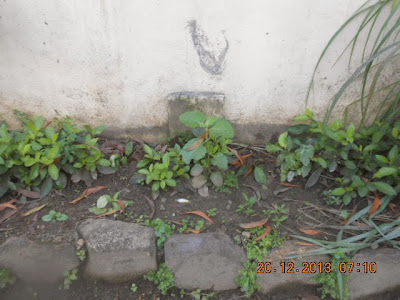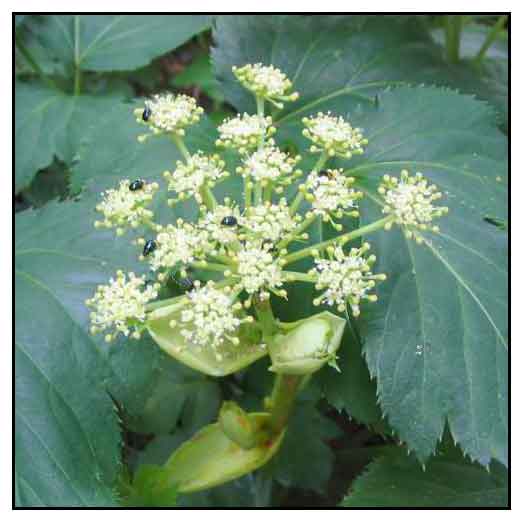 10 Simple Ways to Lower Cholesterol Without Drugs from Newsmax Health | November 14, 2013
From Huff Post Dr Mark Hyman - 7 ways to fix your cholesterol without drugs
10 Simple Ways to Lower Cholesterol Without Drugs from Newsmax Health | November 14, 2013
From Huff Post Dr Mark Hyman - 7 ways to fix your cholesterol without drugs
High cholesterol levels have been assumed (wrongly or rightly) to be the cause of heart disease strokes. Thus the pharma and MDs make a big business of prescribing anti lipid drugs. The more popular ones are statins.
However, there are those with fairly normal lipid (cholesterol) levels who succumb to heart attacks or strokes. The drugs are expensive. At P80.00 per tablet taken 3x a day may be a big hole in the patients pocket. Couple that with associated side effects: loss of cognitive faculties, Alzheimer (lately disproven) muscle dystrophy, and even type 2 diabetes.
This post list down ten ways to lower cholesterol without drugs (cheap cures eh)
These are recommendations from Dr. Crandall:
D r. Crandall recommends the following steps to
lower cholesterol without drugs:
1. Change your diet. A
plant-based diet, which includes large amounts of fruits, vegetables,
and whole grains, along with meat substitutes like beans, lowers cholesterol naturally.
2. Take a plant sterols supplement. Plant
sterols, also known as plant stanols, are the plant version of
cholesterol and when consumed in sufficient amounts, they block the
absorption of human cholesterol in the small intestine. There are
products that have plant sterols, like special margarines, but they also
contain chemicals, so you’re better off with a two-gram daily
supplement.
3. Start your day with oatmeal.
Oatmeal is the best food defense against cholesterol. The reason is
that oatmeal contains soluble fiber, which turns into a gel in the body,
which helps you feel full and also interferes with the digestion of
cholesterol, whisking it out of your body. Oat bran and cold oat
cereals, like Cheerios, do this as well.
4. Get 8-10 hours of sleep a night.
Sleep deprivation hikes low-density LDL cholesterol, known as the “bad”
cholesterol, contributes to high blood pressure, and leads to
overeating. If you snore, or find yourself excessively sleepy during the
day, get checked for the common and dangerous sleep disorder known as sleep apnea.
5. Check your Vitamin D level.
Vitamin D deficiency is linked to high cholesterol. The body’s ability
to synthesize Vitamin D from the sun diminishes as you age. Get your
vitamin D levels checked with a blood test. If your level is low, take a
daily vitamin D supplement.
6. Get your blood sugar level checked.
You should be looking for a fasting blood sugar level of 100 or less. A
too-high blood glucose level leads to elevated LDL cholesterol (“bad”
cholesterol) and high triglycerides, which is a dangerous blood fat that
is a cholesterol remnant.
7. Eat less gluten.
Our American high-gluten, wheat-based diet leads to obesity and also to
inflammation, which research shows may be an even a more dangerous
heart disease driver than cholesterol. If you do eat wheat products,
make sure they are whole grain and stay away from multi-grain products,
which are no healthier than baked goods made with refined flour.
8. Exercise one hour daily. A brisk one-hour walk will help lower cholesterol, high blood pressure, and build up your heart’s collateral blood flow.
9. Take a red rice yeast supplement.
Red rice yeast is traditionally used in Chinese medicine. It contains a
substance that is chemically identical to the active ingredient in a
statin drug. Take it with your doctor’s guidance.
10.
Dust your food with cinnamon.
In one study researchers found that about ½ tablespoon of cinnamon
daily cut total cholesterol by 26 percent. Cinnamon is also an excellent
way to make heart healthy foods, like low-fat cottage cheese or Greek
yogurt, taste great, and if you sprinkle it on your oatmeal or other
foods, you’ll be boasting your breakfast’s cholesterol-fighting power.







 Botany
Botany Constituents
Constituents

















